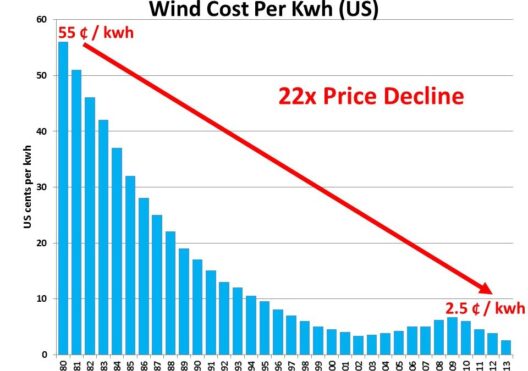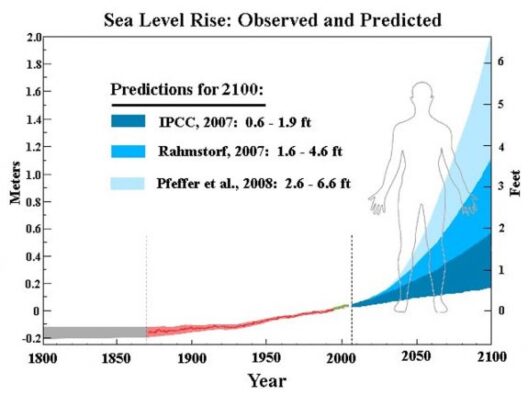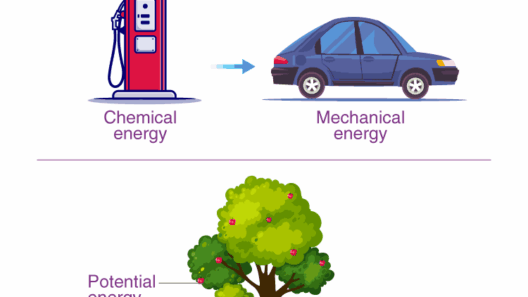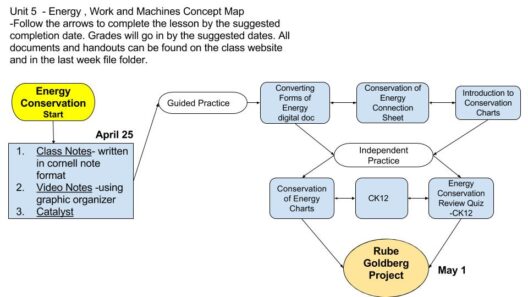Energy conservation is a fundamental principle of physics that posits that energy cannot be created or destroyed, only transformed from one form to another. This principle is not only pivotal in scientific contexts but also holds significant implications for our daily lives, technological advancements, and environmental sustainability. Understanding what it means for energy to be conserved is essential for grasping the workings of the universe and informing decisions that impact our planet.
To navigate the intricacies of energy conservation, one must first delve into the various manifestations of energy. These forms include kinetic energy, potential energy, thermal energy, and chemical energy, among others. Each type plays a crucial role in both natural phenomena and human-made systems.
What happens when energy changes its form? To illustrate, consider the transformation of potential energy into kinetic energy when water falls over a dam. The potential energy of the water at height is converted into kinetic energy as it plunges downwards, driving turbines and generating electricity. This example underscores the contrast between different energy forms while reinforcing the overarching theme of conservation: the total energy remains constant. In this guide, we will explore the underlying concepts and consequences of energy being conserved across various domains.
Understanding the Principle of Energy Conservation
The principle of energy conservation is enshrined in the First Law of Thermodynamics, stating that the total energy of an isolated system is constant. This notion challenges the fallacy of energy squandering and underscores the necessity for efficient energy management. In the absence of external forces, the total sum of kinetic and potential energy—alongside other energy types—remains unchanged, despite transformations. This principle compels us to rethink how we consume, produce, and conserve energy in our daily lives.
Examples abound in nature, illustrating energy conservation’s omnipresence. The cycle of photosynthesis in plants exemplifies this phenomenon beautifully. Solar energy is captured by chlorophyll and transformed into chemical energy, which is then stored in glucose molecules. This energy is not lost; it becomes the foundation for energy transfer throughout the food chain. Animals consume plants, converting chemical energy back into kinetic energy for movement and other essential processes. None of this energy is wasted; it merely changes form as it traverses different ecological niches.
Breaking Down Energy Transformations
To appreciate energy conservation fully, one must examine the myriad transformations that occur in our environment. For instance, consider the energy produced in combustion engines, which convert chemical energy from fossil fuels into kinetic energy that propels vehicles. Although a significant percentage of that energy is lost as heat due to inefficiencies, the principle of energy conservation still holds. The total energy before combustion equates to the energy manifested in motion and heat post-combustion.
Moreover, energy conservation remains a critical consideration in engineering design and technology. The built environment—ranging from bridges to urban infrastructure—requires meticulous calculations to ensure energy efficiency. Engineers utilize energy conservation principles to minimize waste and maximize functionality. Innovations such as regenerative braking in electric vehicles exemplify the application of this law, allowing energy to be captured and reused, thereby promoting sustainable practices.
The Role of Energy Conservation in Climate Change Mitigation
Energy conservation transcends academic theory; it holds tangible significance in the fight against climate change. As global temperatures ascend and weather patterns become increasingly erratic, the pressing need for sustainable energy use becomes apparent. By promoting energy efficiency, we can reduce greenhouse gas emissions and curtail our dependence on fossil fuels, fostering a more sustainable future.
In practical terms, energy conservation can manifest in myriad small acts that accumulate to create substantial impact. From utilizing energy-efficient appliances and retrofitting buildings to adopting renewable energy sources, individual actions resonate far beyond personal implications. The cumulative savings in energy consumption contribute directly to reducing carbon footprints and promoting ecological balance.
Policies advocating for energy conservation have begun to take stronger footholds. Governments around the globe are setting ambitious goals to transition to renewable energy sources and implement regulations mandating energy-efficient technologies. These policies highlight a recognition of the importance of conserving our finite resources and mitigating environmental degradation.
Embracing a Culture of Conservation
For energy conservation to flourish, a cultural shift is essential. Raising awareness about the profound implications of energy use can inspire collective action. Education plays a transformative role; by instilling an understanding of energy conservation principles in younger generations, a more conscientious society emerges, one that appreciates the value of sustainable living.
Community initiatives that promote renewable energies, such as solar or wind, encourage individuals to rethink energy consumption paradigms. Furthermore, fostering community discussions that explore energy efficiency can unite stakeholders in shared objectives. Ultimately, the drive for conservation must become ingrained within societal norms to catalyze meaningful change.
In conclusion, the principle of energy conservation reverberates throughout various scientific disciplines and societal frameworks. Acknowledging that energy cannot be created or destroyed encourages us to perpetuate a cycle of efficiency, sustainability, and responsibility. By understanding the nuances and implications of energy conservation, individuals and communities can shape a resilient and thriving future. The quest for a sustainable planet hinges on our capacity to comprehend and embrace this fundamental truth.








